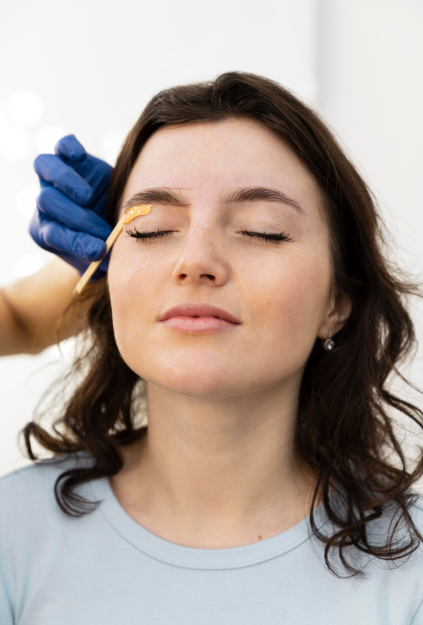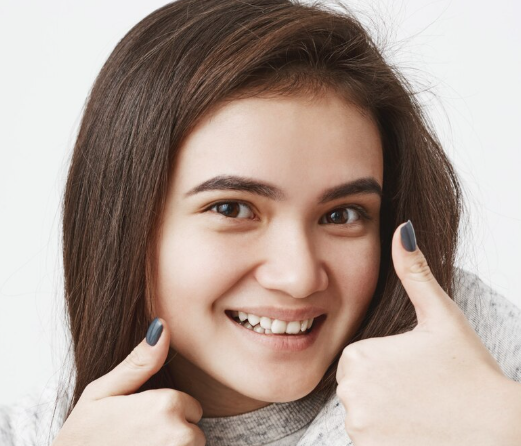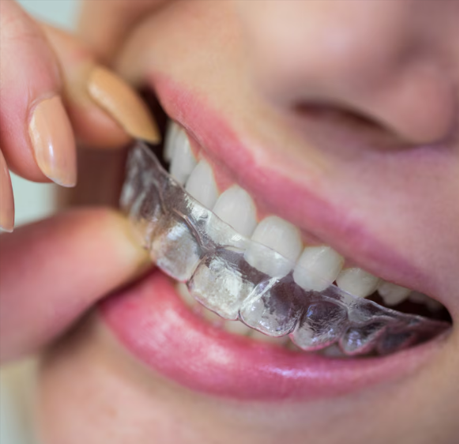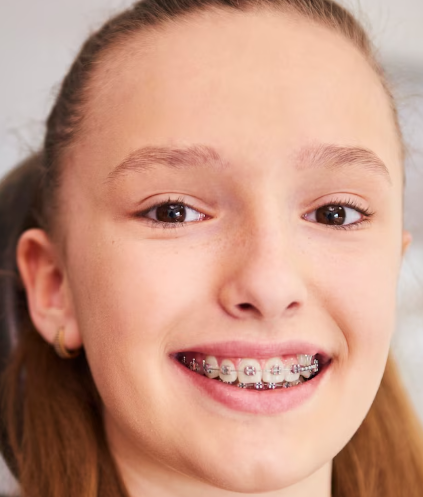Treatment Overview
Upper eyelid crease reformation is a specialized eyelid surgery designed to correct poorly formed, asymmetrical, or unnatural-looking eyelid creases from a previous procedure or natural anatomical issues. Unlike primary double eyelid surgery, this corrective operation focuses on redefining or recreating the eyelid crease for a more natural, symmetrical, and harmonious look.
In Korea, surgeons are highly skilled at performing upper eyelid crease reformation, combining artistic precision with advanced surgical methods. This makes Korea a leading destination for patients seeking to fix unsatisfactory results from past surgeries or to refine their natural crease for improved balance.
Purpose & Benefits
- Corrects asymmetrical or uneven eyelid creases
- Repairs unnatural or too-high creases from prior surgery
- Restores natural eyelid appearance and function
- Improves definition for monolids or low creases
- Enhances facial balance and aesthetics
- Boosts confidence after unsatisfactory results
Ideal Candidates
- Patients with poorly defined or asymmetric upper eyelid creases
- Individuals dissatisfied with results from previous eyelid surgery
- Those with faded or multiple eyelid folds
- Patients with excessively high or low creases
- Healthy individuals who want natural and balanced eyelid definition
- People seeking ethnic-specific crease design (avoiding overly Westernized results)
Possible Risks & Complications
- Prolonged swelling or bruising
- Mild asymmetry (minimized with expert surgeons)
- Scarring if revision involves significant tissue work
- Temporary eyelid tightness or discomfort
- Rare complications such as infection or difficulty closing the eyes
Surgical Techniques Used
Korean surgeons use tailored approaches depending on the patient’s anatomy and previous surgical history:
- Incisional Technique: For permanent and precise crease reformation, especially in revision cases.
- Partial-Incisional Technique: Blends incision and suture methods for moderate adjustments.
- Non-Incisional (Suture) Method: Suitable for minor corrections and crease definition.
- Scar Tissue Release: Removes or loosens scar tissue from earlier surgeries.
- Customized Crease Design: Surgeons adjust the height, depth, and shape of the crease to suit the patient’s ethnic features and preferences.
Recovery & Aftercare
- Initial swelling and bruising last 1–2 weeks (slightly longer for revision cases).
- Stitches are usually removed within 5–7 days.
- Most patients resume normal activities within 1–2 weeks.
- Full healing and final results are visible after 2–3 months as the crease settles naturally.
- Patients should avoid eye makeup, contact lenses, and rubbing the eyes during recovery.
Results & Longevity
- Creates a natural, symmetrical upper eyelid crease
- Corrects problems from previous eyelid surgeries
- Results last permanently when the incisional method is used
- Improves both aesthetics and eyelid function
- Provides a softer, more balanced look while respecting ethnic identity
Treatment Process in Korea
Korea is a top destination for upper eyelid crease reformation thanks to its world-class surgeons and advanced techniques.
- High Expertise in Revision Surgery: Korean plastic surgeons perform thousands of crease reformation procedures annually, including complex revision cases.
- Ethnic-Specific Approach: Surgeons avoid creating artificial or overly Westernized folds, instead focusing on natural results that suit Asian facial harmony.
- Advanced Techniques: Use of micro-incisional tools, scar-release methods, and fat repositioning ensures smooth and natural-looking creases.
- Customization: Each patient receives a detailed consultation, with crease height and shape designed specifically for their anatomy and preference.
- Medical Tourism: Clinics in Seoul offer comprehensive packages including translation, aftercare, and recovery support for international patients.
Cost Range in Korea
The cost of upper eyelid crease reformation varies depending on the complexity of the correction, the techniques used, and the surgeon’s expertise:
- Minor Reformation (suture adjustments, small corrections): ₩2,500,000 – ₩4,000,000 KRW ($1,900 – $3,000 USD)
- Moderate Reformation (asymmetry correction, partial-incision): ₩4,000,000 – ₩6,000,000 KRW ($3,000 – $4,600 USD)
- Complex Revision Cases (scar removal, multiple crease repair): ₩6,000,000 – ₩10,000,000 KRW ($4,600 – $7,600 USD)
- Premium Clinics / Top Surgeons: ₩8,000,000 – ₩12,000,000 KRW ($6,100 – $9,100 USD)
Many clinics include consultations, anesthesia, and follow-up appointments in the package. International patients often benefit from full-service medical tourism support.
Popular Clinics in Korea
- ID Hospital – Famous for complex revision eyelid surgeries and natural crease design.
- Banobagi Plastic Surgery – Renowned for precision in ethnic eyelid corrections.
- Dream Medical Group – Known for advanced scar-release and symmetry restoration techniques.
- Regen Plastic Surgery – Popular among international patients for customized results.
- View Plastic Surgery – Trusted for both primary and revision crease surgeries.
Summary
Upper eyelid crease reformation in Korea is one of the most sought-after procedures for patients unhappy with poorly defined, asymmetric, or unnatural eyelid creases. With advanced surgical techniques, ethnic-specific expertise, and a reputation for natural results, Korea offers the ideal environment for achieving balanced, beautiful, and permanent crease correction.




